Is there a way...
mesopogi92
12 years ago
Related Stories
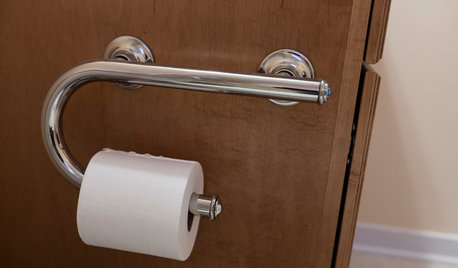
LIFEThe Absolute Right Way to Hang Toilet Paper. Maybe
Find out whether over or under is ahead in our poll and see some unusual roll hangers, shelves and nooks
Full Story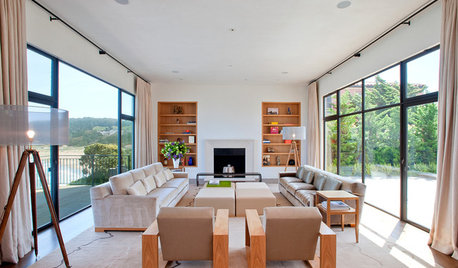
MOST POPULAREasy Green: 23 Ways to Reduce Waste at Home
Pick from this plethora of earth-friendly ideas to send less to the landfill and keep more money in your pocket
Full Story
SAVING WATER11 Ways to Save Water at Home
Whether you live in a drought-stricken area or just want to help preserve a precious resource, here are things you can do to use less water
Full Story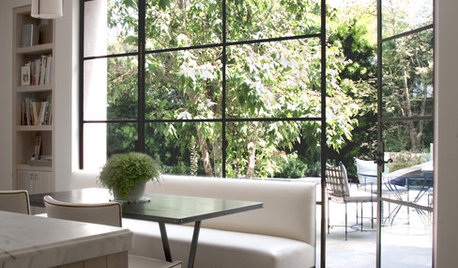
HOUSEKEEPINGThe Best Way to Get Your Windows Spotlessly Clean
Learn the pros’ tips and tricks for cleaning windows and getting them streak-free
Full Story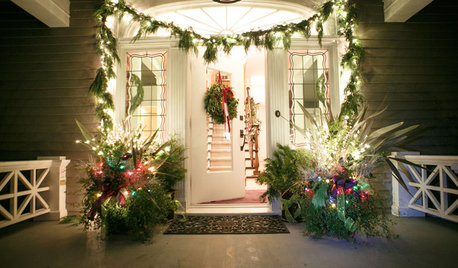
LIFE10 Ways to Cope With Grief During the Holidays
If you are experiencing loss, take it from an experienced griever — life has changed forever, but it does get better
Full Story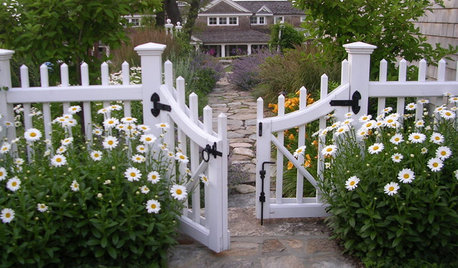
CURB APPEAL7 Ways to Create a Neighborly Front Yard
Foster community spirit by setting up your front porch, paths and yard for social interaction
Full Story
DECORATING GUIDES10 Ways to Hide That Air Conditioner
Feeling boxed in designing around your mini-split air conditioner? Try one of these clever disguises and distractions
Full Story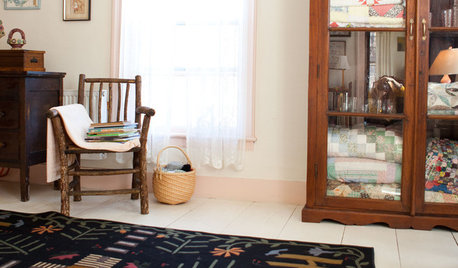
THE HARDWORKING HOMEClever Ways to Rethink the Linen Closet
The Hardworking Home: Get rid of those toppling piles with these ideas for organizing bedding, towels and more
Full Story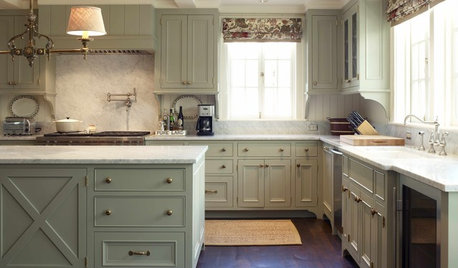
KITCHEN DESIGN9 Ways to Save on Your Kitchen Remodel
A designer shares key areas where you can economize — and still get the kitchen of your dreams
Full Story
MOST POPULAR7 Ways to Design Your Kitchen to Help You Lose Weight
In his new book, Slim by Design, eating-behavior expert Brian Wansink shows us how to get our kitchens working better
Full Story







tapla (mid-Michigan, USDA z5b-6a)
rhizo_1 (North AL) zone 7
Related Professionals
Oatfield Landscape Architects & Landscape Designers · Waunakee Landscape Architects & Landscape Designers · Wixom Landscape Architects & Landscape Designers · Allentown Landscape Contractors · Addison Landscape Contractors · Clearlake Landscape Contractors · Fort Myers Landscape Contractors · Hilo Landscape Contractors · Lorain Landscape Contractors · Mahwah Landscape Contractors · Mission Landscape Contractors · Ronkonkoma Landscape Contractors · Suitland Landscape Contractors · Wheat Ridge Landscape Contractors · Whitman Interior Designers & Decoratorsbirdsnblooms
mesopogi92Original Author
tapla (mid-Michigan, USDA z5b-6a)
mesopogi92Original Author
meyermike_1micha
Tiffany, purpleinopp Z8b Opp, AL
tapla (mid-Michigan, USDA z5b-6a)
mesopogi92Original Author
ronalawn82